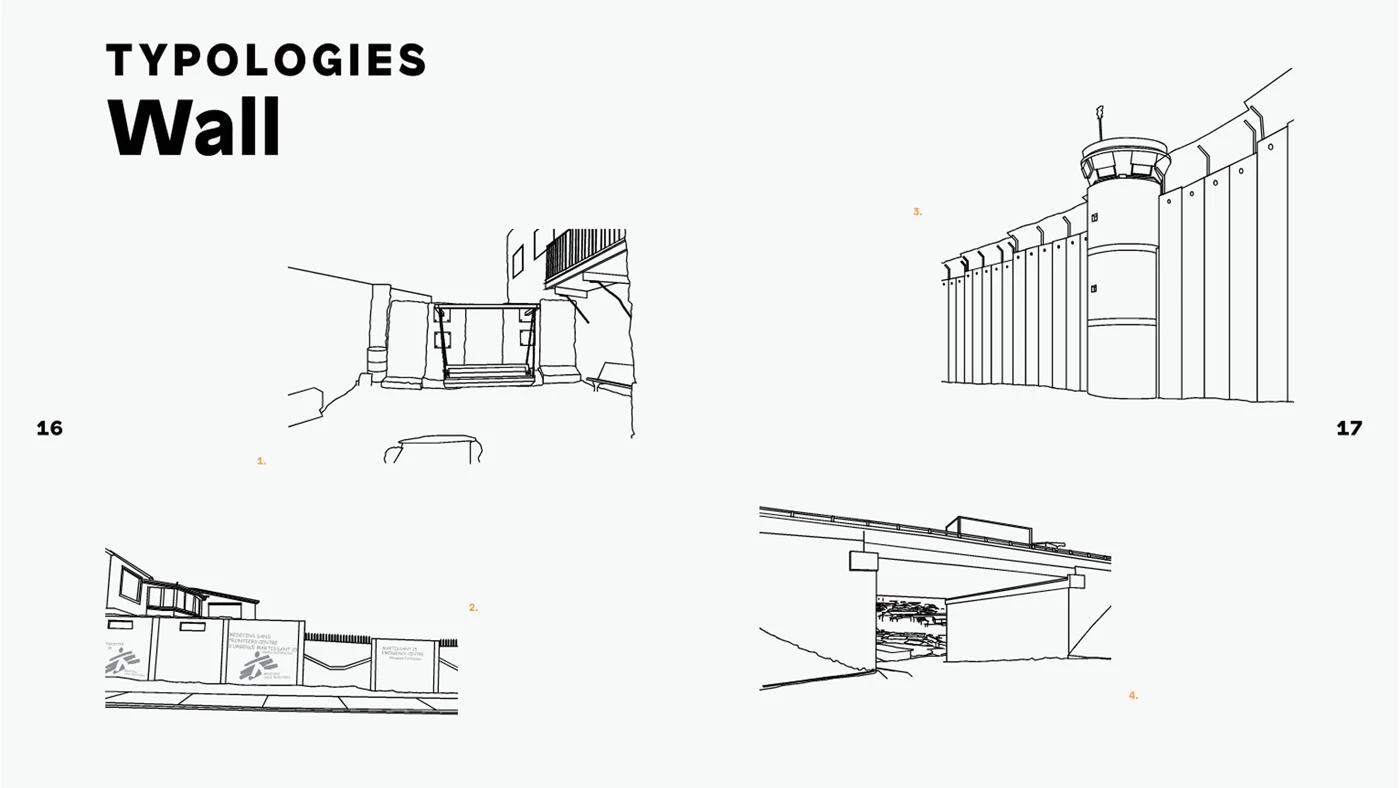
In 2016, the Global Trends Report published by UNHCR – Office of the United Nations High Commissioner for Refugees – revealed unprecedented levels of displacement: 22.5 million refugees and 65.6 million displaced. These figures justify the work of Clouette and Wise and confirm the validity and urgency of studies which from the angle of architecture seek to explain the urban forms that have arisen as a result of humanitarian actions.
The ‘humanitarian space’ concept of Rony Brauman, president of Médecins sans frontières from 1982 to 1994, defines the territories where humanitarian operations are carried out, territories established on the margins of governments that have localized effects and physical consequences on cities and regions. Foms of Aid shows their spatial manifestations, without leaving out the complex interactions between NGOs or the interests derived from economic globalization.
Three case studies (in Port-au-Prince, the West Bank, and Nairobi) serve as guiding thread in a study whose main contribution has been to transcend the traditional analysis of quickly set-up emergency housing, in favor of a more ambitious, profound perspective that takes into account the repercussions of humanitarian actions, reflected not only in schools and clinics, but also in refugee camps, free-trade areas, checkpoints, nature reserves, factories, technological surveillance structures... Plans and aerial shots help us understand the time, scale, and evolutionary dimension of the examples featured.






